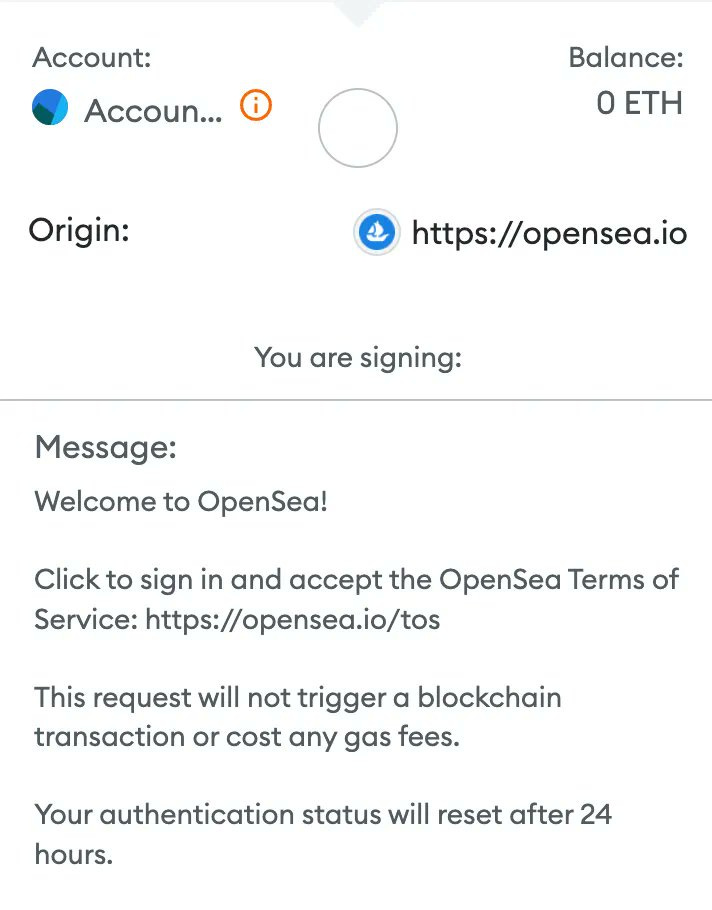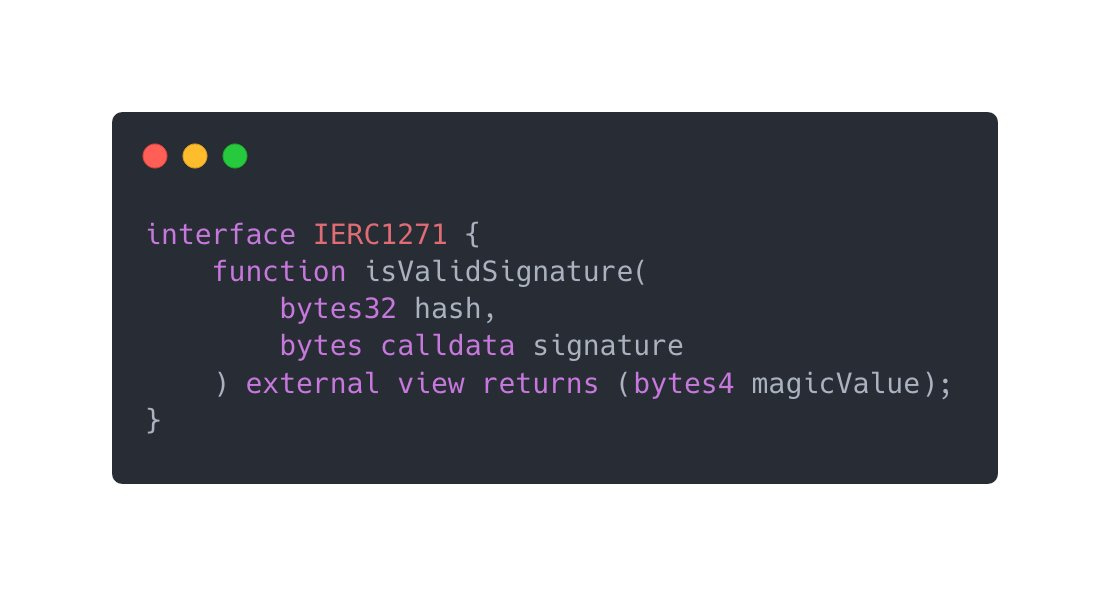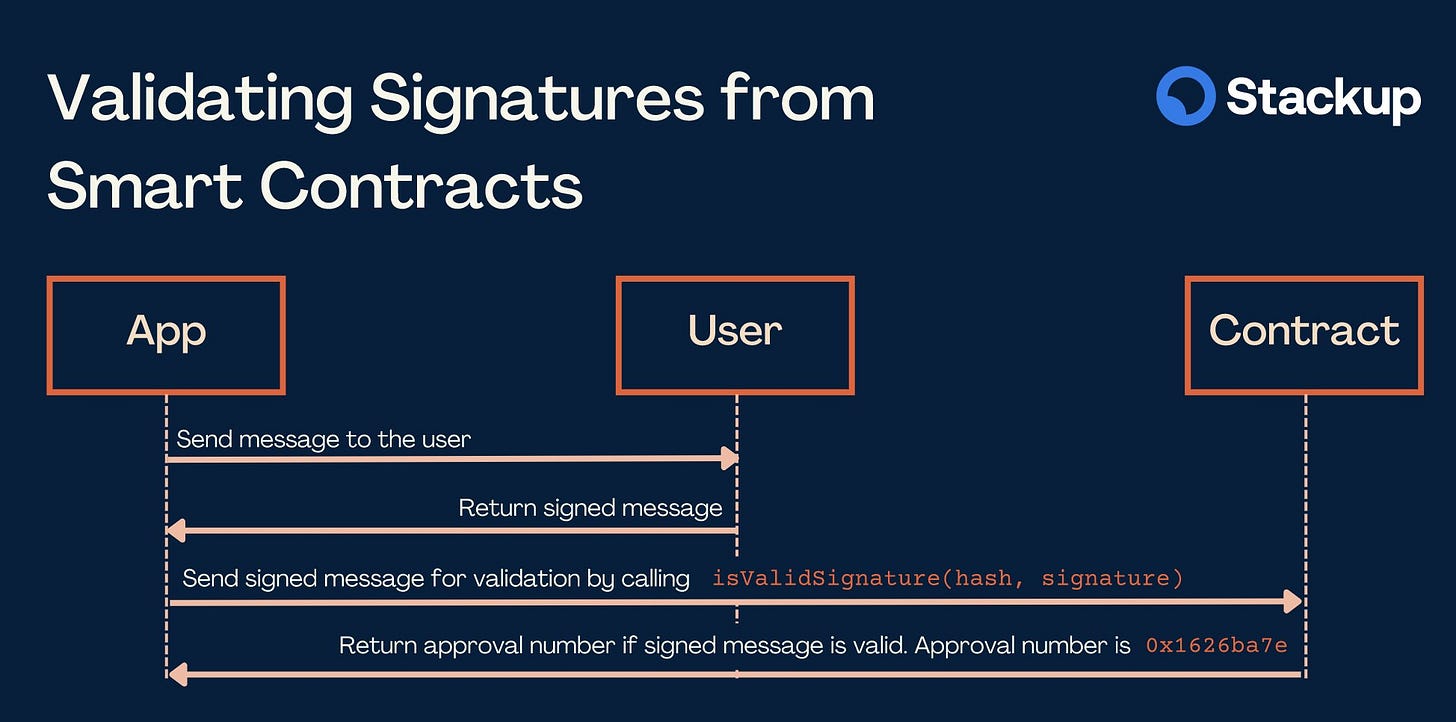Welcome to the 0xPass community
Content, resources, and updates to help you bring frictionless UX to web3
Hello there!
I'm Krish, one of the co-founders of 0xPass. We hope you're doing well and appreciate your interest in our product or for being a user already!
We enjoy exploring authentication and UX standards and want to share this knowledge with you. It's also an excellent way to keep you informed about our product development.
In this issue, we'll discuss the EIP-1271 standard. You may have heard of the advantages of account abstraction and how it can benefit your dapps. However, to achieve these benefits, you may need to support EIP-1271.
So, what exactly is EIP-1271, and how does it work? Let's explore it together!
Authentication in Web3
Before we delve into EIP-1271, let's understand how dapps authenticate wallets. When you connect to Opensea with your wallet, you see a message like this -
DApps today can use the Sign In With Ethereum (ERC-4361) standard to authenticate EOAs like this. This method allows dapps to authenticate the wallet's owner securely, while also allowing off-chain interactions.
Essentially, this is the authentication mechanism that permits Opensea to store information about you, such as your preferences and social accounts (Twitter, etc.).
However, the ERC-4337 standard relies on smart contract wallets or smart accounts that can't solve this problem since they lack a private key.
How do we authenticate the owner of a smart account then? That's where EIP-1271 comes in.
Authenticating Smart Accounts
EIP-1271 proposes an interface for signature verification when a user's account is a smart account. The smart account has to implement an isValidSignature function.
Once implemented, dapps need to call this function when the owner of a smart account tries to connect their wallet.
If you're deploying a smart wallet for your dapp's users to support account abstraction, you must authenticate them this way.
EIP-1271's significance for account abstraction and UX has led to a movement to make dapps compatible with it. For more information, visit https://eip1271.io!
Native Support
At 0xPass, we're building an auth and login-focused solution that natively supports EIP-1271 and Sign In With Ethereum. So, you don't have to worry about supporting it yourself. If you're interested in checking us out, please join our Telegram group for support and play with the docs here.
Thank you for being part of our journey. We look forward to learning and growing with you!
Krish




